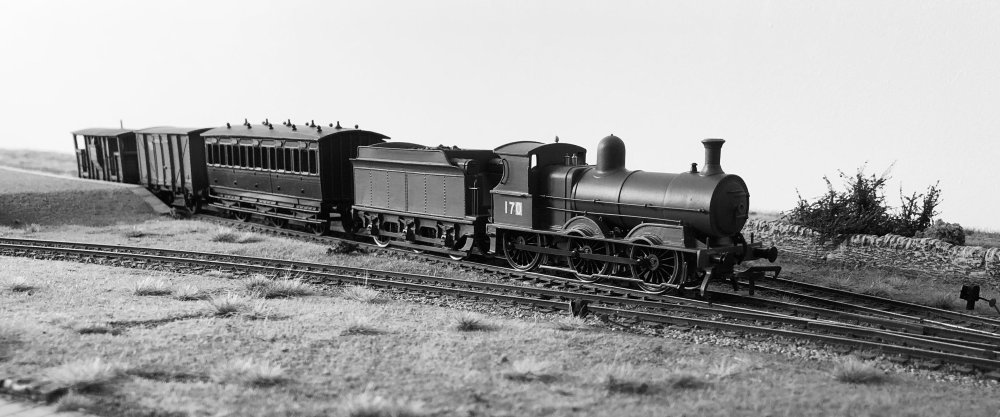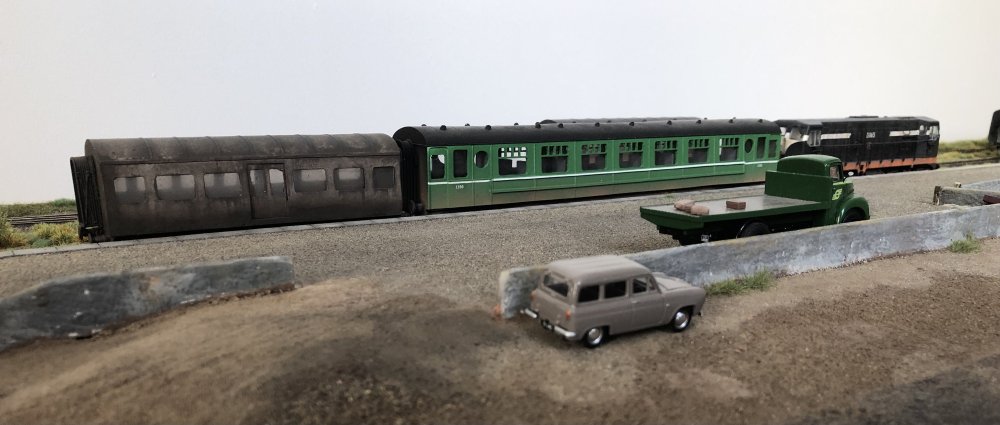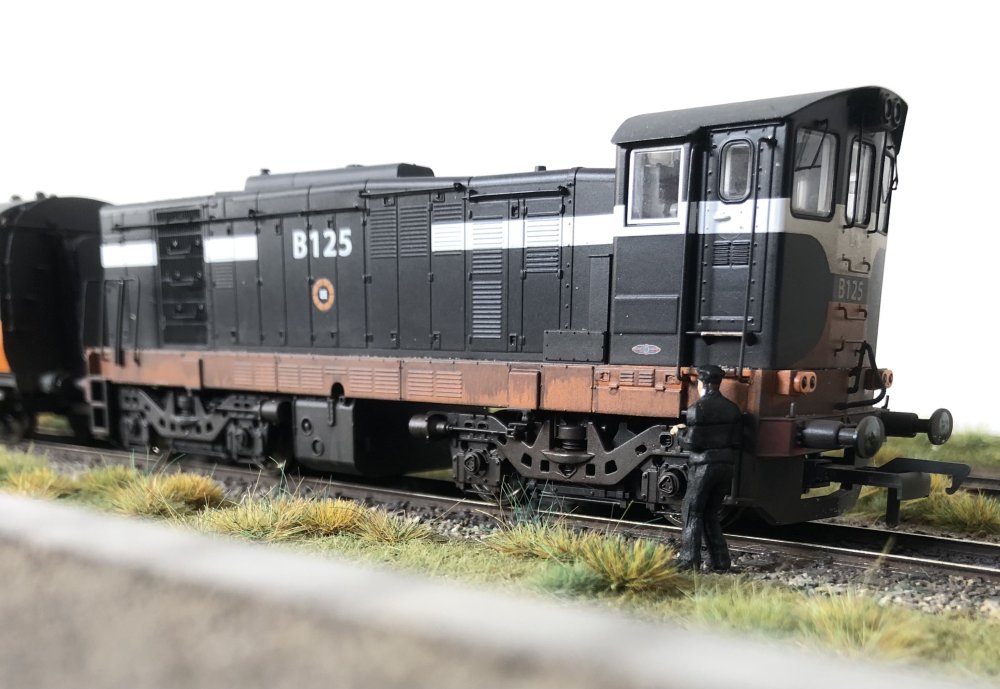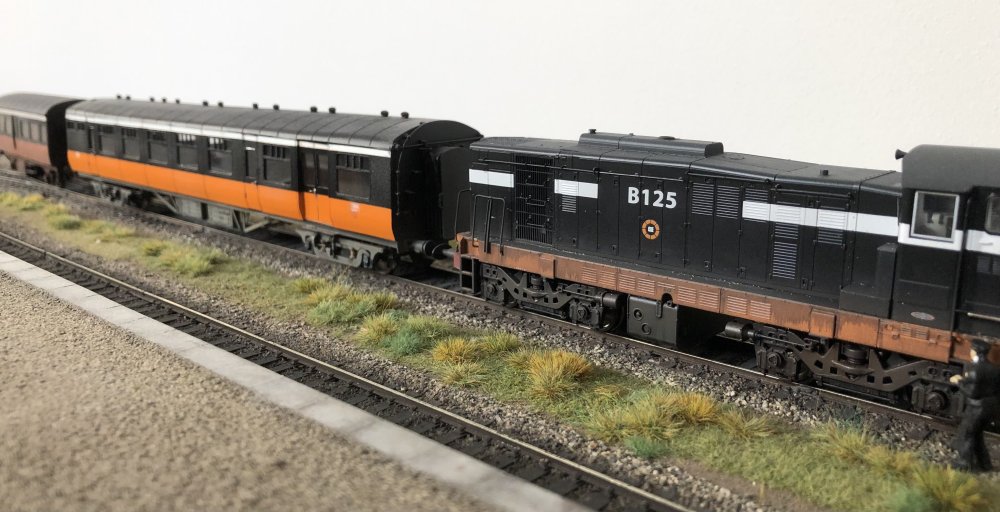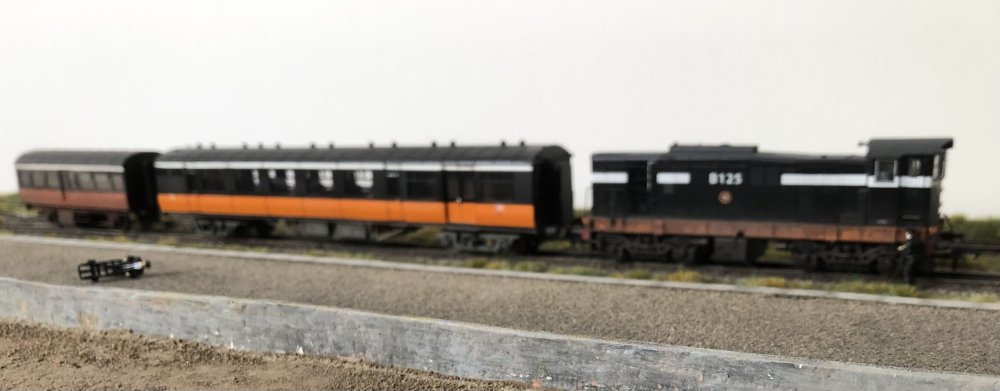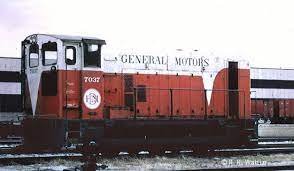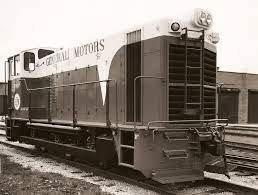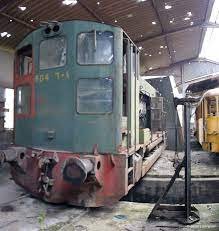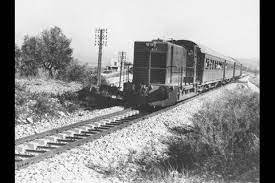-
Posts
15,873 -
Joined
-
Last visited
-
Days Won
393
Content Type
Profiles
Forums
Events
Gallery
Everything posted by jhb171achill
-
SOLD - MGWR Goods Vehicle compendium by IRRS
jhb171achill replied to Nestor's topic in For Sale or Wanted
PM sent -
With the layout inoperable at the moment due to a large amount of stuff stored temporarily in the layout room, I have to content myself with a few posed shots. Over two ten-year gaps, we see the quieter midday train from Dugort Harbour to Castletown West. First, a clean 170 departs one summer day in 1954. Next, in summer 1964 we see the same service stabled a few hours before departure at the old cattle bank. The coach and van have yet to be repainted black’n’tan, but at least there’s a brand new 141 up front. By 1974, it’s a single 121, brake standard and van. Here, the driver prepares to shunt the set to the platform.
-
My understanding is that he has other commitments and will reply as he gets a chance. I last got stuff from him about 18 months ago and he replied thre and then when I emailed him.
-
Omagh Railway Station - A Journey through Time
jhb171achill replied to GNRi1959's topic in General Chat
Well done - richly deserved! I daresay they will do a 2nd edition, so worth contacting them in case you had any new info you'd want to add if they were to be doing a 2nd print run. -
All of those coaches were full compartment, i.e. no walk through at all anywhere - full width matchboarded partitions, like the vast majority of 6 wheelers elsewhere also.
-
Yes, as I explored one long-defunct one. The woodwork of the interior was painted a brownish colour up to roof height, with ceiling in off-white. If it's a third, upholstery - such as it was - seems to have been a dark browny-red colour. if second - I could be wrong on tghis but I think it was dark blue or somethiong of that sort. First was a dark flowery pattern, with greens and black predominant. Third class compartments had a mstchboarded interior, and probably seconds the same. First may have had better panelling, not sure. I doubt very much if the UTA ever re-upholstered any of them. The vast majority were scrapped some 18 months after gaining the privilege of UTA ownership. However, never say never; IF any were re-upholstered by the UTA, the cushions would have been dark green.
-
I hope so. In truth, every single thing on railway wheels which had succeeded them (and apologies for being an ancient bore), interests me somewhat (ok, a lot) less than a 1979 washing machine which doesn’t work….. So, while I prefer 141/121s, B101s, and (better still) steam; 071s appeared in my late teens, so I still see them as “new” engines…….
-
If powered by hydrogen, brocolli juice, fairy dust or eco-friendly, zero emissions, organic and vegan pigeon eyelashes, or powered by zen-approved spirituality or PC-friendly, and fully inclusive interpretative dance; these locomotives have OTHER components which are, ehh, entering the twilight of their lives.
-
It worked on a different computer, so was able to see it!
-
OUTSTANDING stuff!!!
-
I would be inclined to agree - albeit somewhat cautiously.
-
Clogherhead - A GNR(I) Seaside Terminus
jhb171achill replied to Patrick Davey's topic in Irish Model Layouts
“Leaps and bounds” springs to mind! -
Numerous narrow gauge variations in a number of South American countries…. 3ft, metre, 3’6”….
-
Delighted to be able to say that today the DCDR and Headhunters Railway Museum in Enniskillen took delivery of a number of former "Castle" models for display there on permanent loan. So it's out of the storage boxes for these fine models, and into the public eye. Several other items will eventually go to the Model Railway Society of Ireland and the South Dublin Model Railway Club. Other models have been retained in the Malahide Model Railway Museum, where they will be rotated to run on the upper level display track. These will include a total of nine trains representing the eras from pre-1925 to modern times, steam to diesel to Dart to Luas. Yes, even a 2-car 2600 in lime & navy livery. Future work will involve trying to get funding and display space for the remaining Fry-buyilt stuff which is still in storage - this consists of Fry's British models, which are mostly LNWR & LMS prototypes, which he was most familiar with.
- 49 replies
-
- 13
-

-

-
Very nice work indeed!
-
It wasn't me, and I wasn't even there when I didn't do it.
-
Ah! Mea culpa....see my amendment above! The live steam 15mm scale GNR "PP"?
-
Absolutely fantastic to see this work started. Best of luck to all involved - at Ireland's only operational five fut three HERITAGE railway!
-
Indeed there was. I don't know the details, but they were built about the same time too. I think they. too, were 4ft 8 1/2.
-
Yes, you read that right. In 1961, the year the 121s were delivered, General Motors built a prototype six-wheeled version of one of these, which would spend its entire working life shunting within their works at La Grange. They offered the class for sale but the only customers they ever got were an industrial site who bought one, and the Lebanese Railways who bought 4 - which were used on passenger services just like our 121s. So there were only ever 6 of them. One, apparently, remains in storage somewhere there, though long out of use. All of them were 4 fut 8 1/2 inch gauge. They had 600hp engines - GM 567 type. This would presumbaly have resulted in them being categorised as "C" class - thus (probably) the C241 oir C251 series? In the parallel world of Rule 1, CIE got one as a demo along with the "real" 121s, and it ended up shunting at Dugort Harbour until it went on fire in 1970 and was scrapped. I thought that a beast like this might make a nice rainy-day project some time, if my eyesight holds up. So, I obtained a MIR 121 body kit some time ago, and if time EVER permits (which it may not!) I would like to hack and botch this body - which is cast metal and weights almost as much as the real thing - by shortening it a bit (I think these engines were about 30ft long) and putting some sort of 6-wheeled power bogie under it. It would need to be capable of DCC conversion. Which type of bogie wouldn't matter - the "real" thing is not real at all - no 5'3" equivalent ever existed. I was thinking maybe a power bogie off a British class 31 or something.... the other thing is that you can't actually SEE what type of power bogie it would be, as these engines in real life had a large, thick, heavy bar alongside, so whatever gubbins are below platform level are invisible anyway. I throw this out as what it is - any suggestions or comments appreciated, especially re a suitable bogie (121 body is narrow!), with both space and technical suitability for DCC.....
-
Wow! That depot itself is a masterpiece in its own right! The fact that its creator is a lifetime professional railwayman shows through in bucketloads…..
-
Clogherhead - A GNR(I) Seaside Terminus
jhb171achill replied to Patrick Davey's topic in Irish Model Layouts
Coming along very nicely indeed! -
Good to see ye! Looking forward to the pics........ (We can forgive the Liverpool stuff...)
.png.c363cdf5c3fb7955cd92a55eb6dbbae0.png)

